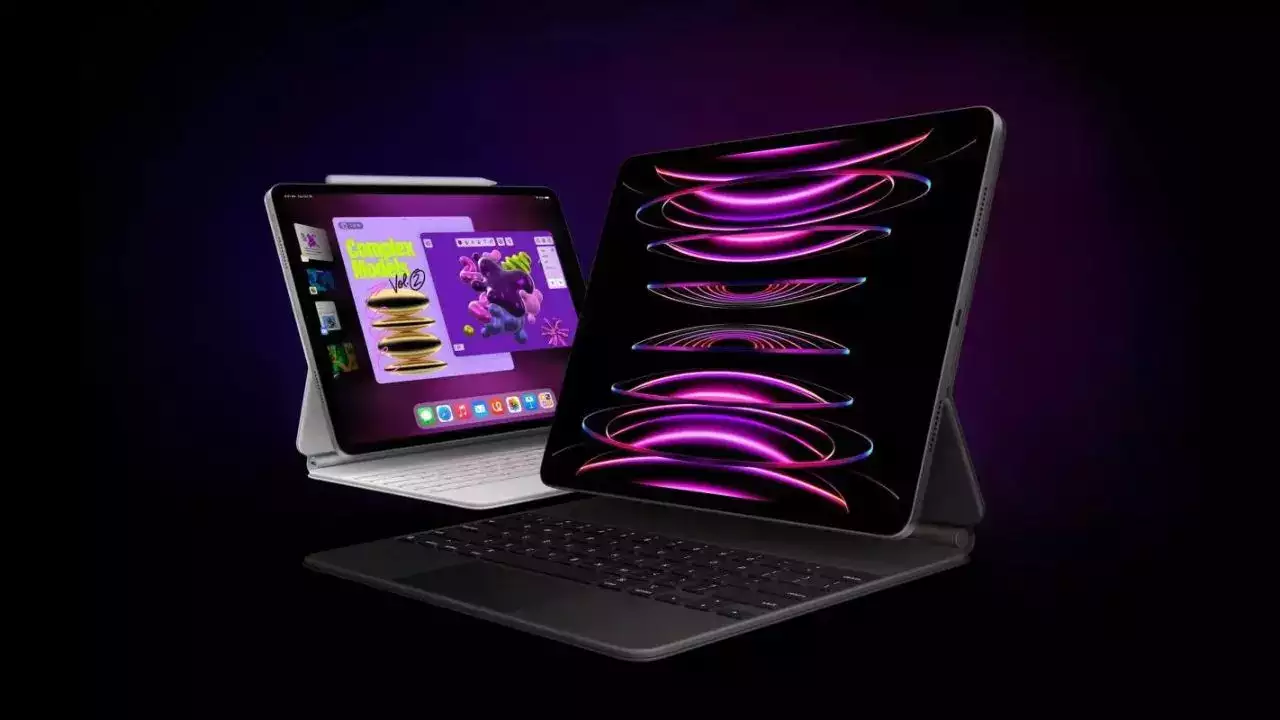Quick Start can be used for automatic setup of an iPhone or iPad by using iCloud’s backup. This technique will connect the device you are currently using for about a minute while the transfer occurs.
To prevent power failures ensure that both devices are charged throughout the process. Restart both devices in the event of a need.
The Data Transfer Guide
If you’re looking to purchase an used iPhone, iPad or iPod check to see if the seller has removed it off their Apple ID and erased all content as well as settings. If you don’t, it could still be linked to accounts belonging to the former owner. That means their apps and data could be transferred onto your iPhone.
The process is simple that will require at least two iPhone devices (preferably that are running iOS 12.4 or greater) along with a wireless WiFi connection, a working data connection, and just a couple of minutes for your precious time. Once the transfer has been completed each device will give the estimated time the transfer will take and it’s time to start using your brand new iPhone. You can also use this method to restore a backup to iTunes.

Pre-owned Apple Device Setup
If the device you’re considering is certified used or an Apple refurb, its warranty will be extended. You must still follow some procedures to set up the device for use in business.
Before you do that, ensure the previous owner has signed to iCloud and erased all content and settings. You can ask them to erase the data and settings, in case they’ve not done this.
Next, put the old iPhone as well as the new iPhone near each other and follow the prompts to begin set-up. Quick Start allows you to transfer data and settings between iPhones via Wi-Fi, cellular or Wi-Fi.
Apple Configurator allows you to manually enroll a previously used iPhone within your company. For this, you must select the “Prepare an iPhone for enrollment” option on Apple Configurator and then select the configuration profile which includes the Wi-Fi component.
iCloud Backup and Restore
After restoring an iCloud backup, data such as apps, photos, music and contacts will keep restoring in the background for several minutes or for days. Connect your device to Wi Fi and/or cell data for the duration of the restoration process.
During the restoration process in order to restore your data, connect with the Apple ID on the Apps and Data page on the device. It’s necessary for you to access any previous purchases or apps.
Pick a backup. Check the dates, and pick the one that most accurately matches the time that you want to restore. After that, follow the instructions onscreen for setting up and then start using the new device. The iCloud backup includes app data, which might take longer to transfer than other media.
Quick Start Data Transfer
It’s easy to transfer the settings and contents of an old iPhone onto a new iPhone using Quick Start. It is only available on devices running iOS 12.4 or later.
Quick Start is available by connecting the new iPhone, then bringing it close to your old iPhone. An animation will appear on the screen of your new iPhone which you must make it visible using your old iPhone’s camera.
Keep both phones close and plug them into the power source until the transfer of data is complete. The volume of data transferred and the conditions of the network will determine the length of time required. If you want to move additional data onto your new iPhone it is possible to restore the data from an iCloud backup or utilize FoneTools.
Migrator
After the Mac has been installed to your new Mac then you’ll be able to launch Migration Assistant on The menu bar > Utilities to copy files as well as settings from the previous Mac. Both Macs should have the same OS X version and be connected to the same network and read https://tientranmobile.com/.
It is also possible to transfer files from your Time Machine backup or external copy drive. Inside the Migration Assistant Choose from a different Mac (or a cloned drive) and then follow the steps on screen.
Sometimes, Migration Assistant can be stuck. This can occur if security software, such as firewalls or antivirus programs are running on both computers when the procedure is going on. There are eight easy methods to fix the issue.
